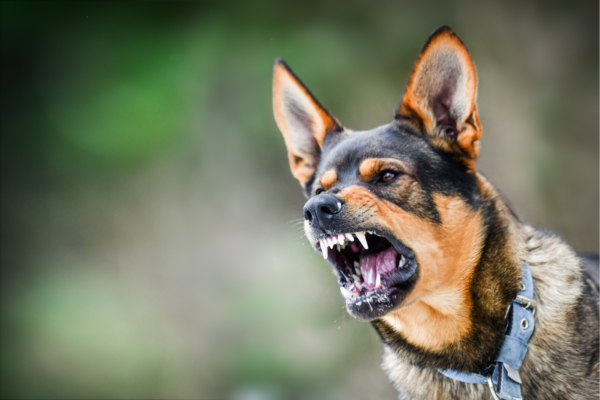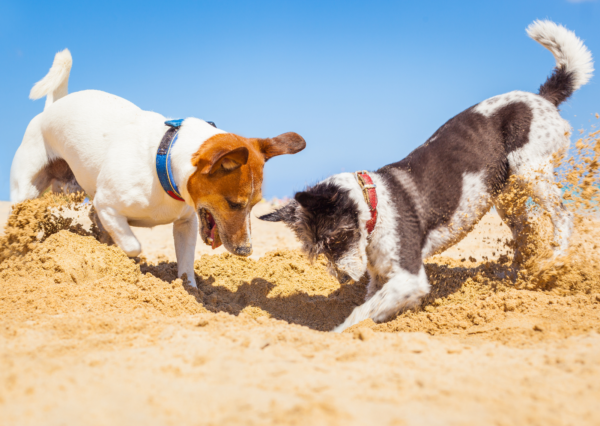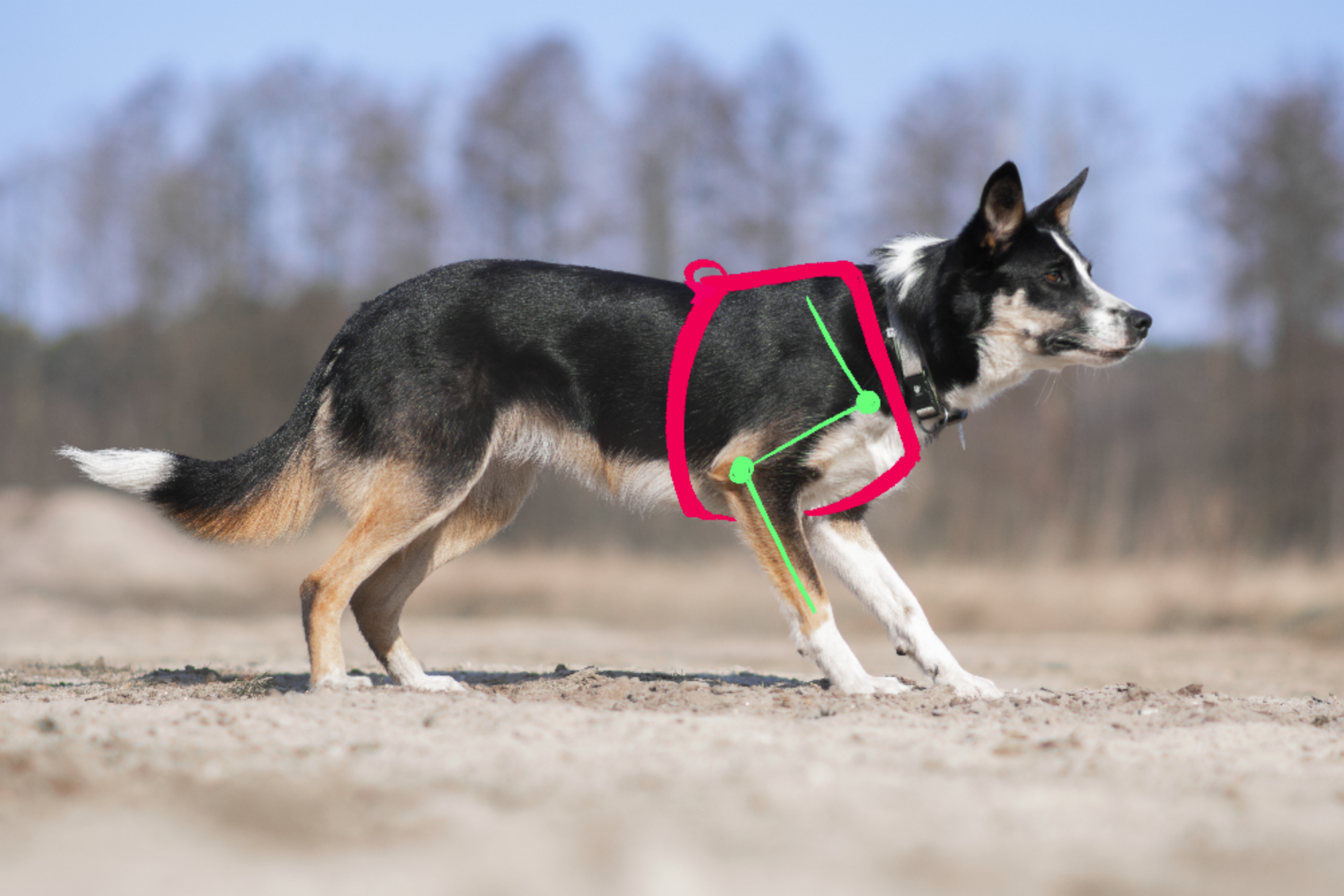How to choose a perfect harness suited to dog’s morphology
Shopping for dog’s stuff is my second biggest passion after dog sports. I find myself always in the pursuit of the coolest toy, the warmest coat or the lightest leash. Finding the perfect harness was definitely a challenge, especially with my toller Miette who is shaped like… well, no other dog! As a dog trainer, I know that wearing the wrong equipment can cause behavior changes. If a dog is a puller and wears a collar for example, the pressure on the trachea can cause difficulty breathing thus increasing stress or anxiety and with that the probability of displaced behaviors such as lunging, barking (oddly enough, maybe a desperate attempt to grasp for air?), biting, etc. So with a dog that is not yet trained to walk on a loose leash, my preference will always go for a harness. But harnesses, unlike regular flat collars, comes in VERY different shapes, weight, sizes, fabrics, etc.
I used to think that the only criteria was for the harness to fit. Then I learn more about fitness and proprioception and how it affects the dog’s body, movements and balance. It doesn’t seem much but if the dog is to wear a poorly suited harness every day for hours and for years, the compensation and blockages it creates will affect the dog’s health and well-being.
So how to choose a perfect harness suited to your dog? What’s the best brand? What’s the best shape? Well sorry guys, I don’t have a magic answer: it all depends on your dog’s morphology. One brand can be perfect for a dog with a wide chest, high sternum and short thoracic wall. This same harness of the same brand can on the other hand almost strangle a dog from the same breed but with a narrower chest and a low sternum. There is no secret: you will need to try different harnesses on your dog or have one custom made. And when you do, here are the three points I check:
1. THE FORE HAND CAN MOVE FREELY
The harness should not block the shoulder joint and the belly strap should sit at at least three fingers behind the elbows to avoid irritations
2. THE HARNESS SITS ON THE DOG’S SKELETON, NOT ONLY ON MUSCLES
The harmful effects of compression points on soft tissues such as the trachea or the abdomen have been largely observed, both in term of behavior than in health. I am looking for a harness that sits on the dog’s bone structure, that is to say that it shouldn’t go higher than the first sternebra or behind the last sternebra.
3. THE NECK CAN MOVE FREELY
During walks, dogs will look left and right, spend hours sniffing or staring at that squirrel who just climbed on the highest tree. I do not want the harness to bother them while they are doing dog’s stuff. That is why the harness should sit on the withers to allow free range of motion of the cervical vertebrae.
[youtube]https://youtu.be/Yh8B0EUCM7o[/youtube]
In practical terms, if you’re not going for a custom made product, I would focus on harnesses with:
- lots of adjustment points
- symmetrical adjustment points to avoid imbalance or rotation
- little to no rigidity points
Usually, you can find “Y” or “H” shaped harness that will do the job. If not, I strongly recommend to go for custom made: after all, they don’t have that many “clothes”. Hope you now know how to choose the perfect harness for your dog! Still not sure if you really want to change the collars to a harness? Or maybe you just want to know what science says about choosing between a harness or a collar? [CLICK HERE TO READ]
See also other posts:
June 30, 2023

Get Your Lost Dog Back Home Quickly: Follow These 12 Tips for Success
Vacations favor more frequent and longer walks with our furry friends. We travel, visit new places. Summer makes us loosen our brakes and allow our…
June 30, 2023

Managing Aggressive Dog Behavior: Tips for Peaceful Living
Living with an aggressive dog may seem challenging, but it can be peaceful and manageable with the right approach. One key aspect is to remain…
June 30, 2023

Unlocking the Secret to Successful Puppy Socialization: Quality over Quantity
Today, although the topic is very important, I will keep it brief. Socialization is a topic that could fill books or scientific papers. However, today…

